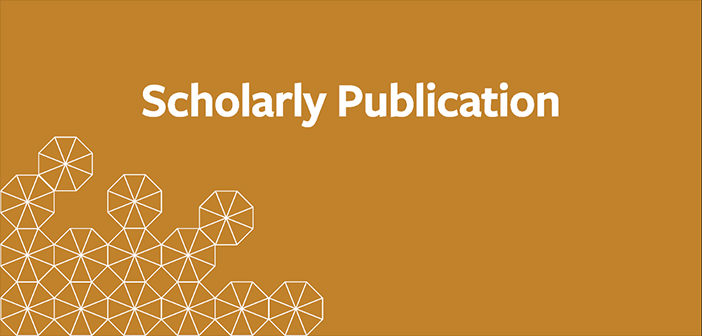Citation
Reich, Michael. “The Economics of a $15 Minimum Wage by 2025”. Journal of Policy Analysis and Management, Vol. 0, No. 0, 1–9 (2021). https://doi.org/10.1002/pam.22333
Reich, Michael. “Counterpoint to Michael Strain”. Journal of Policy Analysis and Management, Vol. 0, No. 0, 1–9 (2021). https://doi.org/10.1002/pam.22335
Introduction
The Raise the Wage Act of 2021 (HR 603) would increase the federal minimum wage in five annual steps, from $7.25 to $15 in 2025, with annual increases thereafter indexed to the median wage. The new floor would increase pay for nearly 32 million workers, about 21 percent of the U.S. workforce (Cooper, Mokhiber, & Zipperer, 2021). Nearly one-third of Black workers and one-fourth of Hispanic workers would receive increases. The annual pay increase for year-round full-time workers would average about $3,300 and no full-time worker would earn a poverty wage.
These impressive numbers suggest that a $15 federal minimum wage would constitute a bold policy innovation. It would exceed the previous peak minimum wage— which was about $11.50 (in 2019 dollars), reached in the late 1960s, and equal about 80 percent of the median wage in the lowest-wage states. On the other hand, the current federal minimum lies 37 percent below that previous peak, and about 18 percent below its value in 2009, the year of the last federal increase.
Critics of a federal $15 floor claim that one size does not fit all—$15 might be right for San Francisco or New York City, but not for Charleston, WV or Jackson, MI. But the minimum wage was intended to be a living wage for families—not a poverty wage, and not a rung on the ladder for teens in their first jobs. Here’s FDR in 1933: “no business which depends for existence on paying less than living wages to its workers has any right to continue in this country…. by living wages, I mean more than a bare subsistence level—I mean the wages of decent living.” Yet, as Table 1 illustrates, $15 is insufficient for the expenses of a bare bones living wage budget, even in low-cost states. At the same time, states and many cities with higher living costs can and have raised their wage floors above the federal minimum. They could continue to do so with a $15 federal standard.
Critics also claim that $15 is so far out of our range of previous experience that it could create risky consequences; others claim that any minimum wage increase creates negative consequences for businesses and for jobs. In response, I will show that the increases implied by a phased minimum wage to $15 by 2025 do lie within the range of our previous experience. Extant academic literature does therefore provide a useful guide to the likely employment effects of a $15 floor. Next, I summarize the best academic research evidence, which shows that moderate minimum wage increases have at worst a minimal negative effect on employment—and that the same holds for a gradual increase to $15. I then turn to explaining why minimum wages as high as $15 have minimal disemployment effects. Finally, I look beyond employment to the benefits of higher minimum wages on children’s and adults’ health and well-being.

